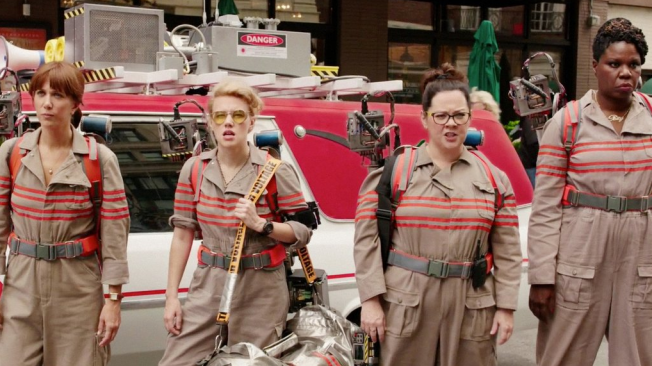Whether it’s to reach a new audience, explore an advanced medium or capitalize on childhood nostalgia, intellectual property (IP), holders turn to the reboot to breath fresh life into beloved franchises. In recent years, this technique has become prevalent across multiple mediums, yielding mostly positive results. From Marvel’s All New, All Different comic book campaign to the award-winning Tomb Raider video game reboot, the success of a franchise re-imagining hinges on current events, the intended audience and above all, loyalty to what made the IP popular in the first place.
Rebooting to celebrate a legacy
In order to preserve said loyalty, the narrative can make or break a reboot.

“When I worked with Crystal Dynamics to reboot Tomb Raider in 2013, we put the reimagining of Lara Croft and her journey front and centre of the whole experience,” Rhianna Pratchett, a video game writer, narrative designer and journalist, wrote in the March issue of Develop Mazagine. “We cultivated a respect for the character which not only went through her narrative, but also her art, animation and performance. It became the fastest-selling title in the franchise, shifting over 8.5 million units and reinvigorating the franchise like never before.”
Thanks to a lot of thought and even more respect, Crystal Dynamics is enjoying the fruits of a well-planned reboot just in time to celebrate the twentieth anniversary of the franchise. This brave venture into an all-new Lara Croft story has not only reintroduced a iconic heroine to a new generation of gamers, but celebrates every game and movie that led to this moment.
When reboots go wrong, they can still go right
Unfortunately, there’s no magic formula for the successful reboot. Dredd, the bloody, but accurate 2012 film remake, was critically acclaimed for being true to the franchise. Despite loyalty to the source material and an award-winning marketing campaign by Lionsgate, Dredd earned just over $41 million at the box office against an estimated production budget of $45 million. Although not considered a financial success, the film is well-liked among fans and currently ranks an average 3.5/5 on film review website Rotten Tomatoes.
A once-successful franchise doesn’t mean it will yield an unending stream of hype-fueled income and undying loyalty from fans. This became painfully clear when the all-female Ghostbusters trailer was revealed, garnering criticism and praise alike. The YouTube video has received more than two times the amount of down votes than thumbs up, resulting in AdWeek calling it “the most polarizing movie of the year.”
The debate for and against an all-girl Ghostbusters is probably not what Sony Pictures Entertainment anticipated, but it could be argued that despite criticism, the reboot has rallied the fans–new and purists alike. A debate gets the world talking about your brand; and time will tell this summer whether the resulting controversy will result in box office success.
Reboot-versus-remaster

One popular method for celebrating the anniversary of a franchise is to remaster it for technologies that have advanced since the initial release, rather than start over. Disney employs this method often, remastering classic films into special edition Blu-ray collections. Video game publisher Capcom is currently celebrating the twentieth anniversary of Resident Evil not with a reboot, but with a remastered version for next-gen video game platforms. When Star Wars turned 20, the controversial, yet financially successful special edition trilogy revitalized the franchise for a whole new generation.
Although often debated, rebooting a franchise can create buzz and discussion among existing fans and curiosity among newcomers. The reboot can be a successful marketing tool, when employed alongside thoughtful narrative, timely release and the celebration of a legacy. Respect for the source material, while introducing new elements are the key to this popular, and largely successful marketing strategy.

